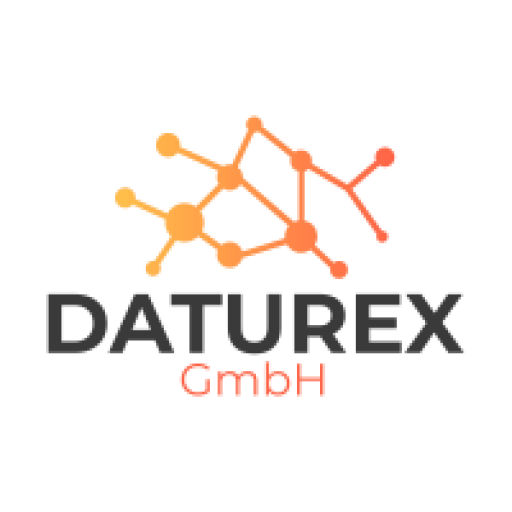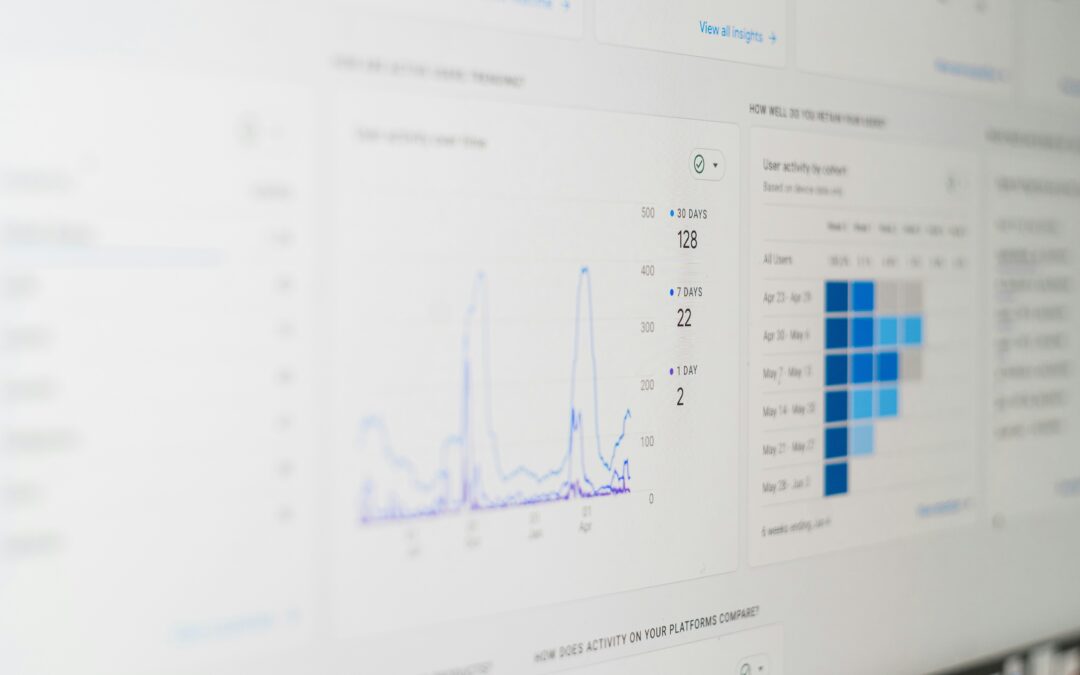The App development 2024 is facing exciting challenges. Native apps and progressive web apps (PWAs) are shaping the mobile world. Developers and companies are faced with a choice: Native apps vs. progressive web apps 2024. This decision has a significant impact on performance, costs and flexibility.
The Swiss app market is growing rapidly. Forecasts predict a volume of 3 billion US dollars by 2027. This underlines the importance of choosing the right technology. Mobile apps vs. PWAs - Both approaches offer advantages and disadvantages that need to be weighed up.
Native apps score points with optimum performance and access to device functions. PWAs impress with Cross-platform development and lower costs. The App development 2024 requires a precise analysis of the project requirements in order to find the best solution.
Important findings
- Native apps and PWAs dominate mobile app development 2024
- The Swiss app market is expected to reach 3 billion US dollars in 2027
- Native apps offer optimal performance and device integration
- Enable PWAs Cross-platform development and cost savings
- The choice between native apps and PWAs depends on project requirements
Introduction to mobile app technologies
The world of Mobile app technologies is developing rapidly. Companies are faced with the choice between different approaches for their digital presence. Two main options stand out: native apps and progressive web apps (PWAs).
Definition of native apps and PWAs
Native apps are specially developed for specific operating systems. They offer optimum performance and access to device functions. PWAs, on the other hand, combine web technologies with app functions. They are platform-independent and easy to update.
Current trends in app development
The App development trends 2024 show a shift towards PWAs. The reasons for this are cost efficiency and broad accessibility. Companies are looking for solutions that can be developed quickly and maintained easily.
| Feature | Native apps | PWAs |
|---|---|---|
| Development costs | High | Low |
| Platform independence | No | Yes |
| Access to device functions | Complete | Limited |
Significance for companies in 2024
The The future of web apps has a significant influence on business decisions. PWAs offer a cost-effective alternative to native apps. They enable quick market launches and simple updates. For many companies, they are the key to digital transformation.
PWAs are revolutionizing the way companies develop and deploy mobile solutions.
The choice between native apps and PWAs depends on specific business requirements. Companies must carefully consider their goals, resources and target groups in order to make the right decision.
Native apps: advantages and challenges
The Native app development offers numerous advantages for companies and users. These apps enable optimal Device access and utilize the full power of mobile devices. Developers can access specific hardware functions such as GPS, camera and sensors, resulting in a better user experience.
Another advantage is the customized user interface for each operating system. This leads to intuitive operation and greater user satisfaction. Thanks to the App store optimization companies can increase their visibility and attract new users.
Native apps offer optimal performance and full integration into the operating system, resulting in an excellent user experience.
Despite these advantages, there are also challenges in Native app development:
- Higher development costs due to separate versions for iOS and Android
- Longer development times due to platform-specific adaptations
- Complex app store approval process
- Commission payments to app store operators (e.g. 30% with Apple)
These factors can be a hurdle for smaller companies in particular. Native apps also reach a limited audience, as they are only available via the respective app stores. Nevertheless, the Native app development is the preferred choice for many applications where maximum performance and Device access are required.
Progressive Web Apps: The revolution of web applications
Progressive Web Apps (PWAs) are changing the digital landscape. They combine the strengths of web applications with the advantages of native apps. The PWA technology offers users a seamless experience, regardless of device or operating system.
Basic concepts of PWAs
PWAs are characterized by their adaptability and performance. They load quickly, work offline and offer an app-like experience in the browser. The Web App Manifesto plays a key role here. It defines the appearance and behavior of the PWA on the user's device.
Service Worker and Web App Manifesto
Service workers are at the heart of the PWA technology. These scripts run in the background and enable Offline functionality through intelligent caching. The Web App Manifestofile, a JSON file, controls the installation and appearance of the PWA on the home screen.
Offline capabilities and push notifications
The Offline functionality is a core feature of PWAs. Users can access content even without an internet connection. Push notifications keep users up to date, similar to native apps. These functions significantly increase user loyalty.
| Function | Advantage |
|---|---|
| Offline functionality | Access to content without the Internet |
| Push notifications | Increased user interaction |
| Web App Manifesto | Customizable installation and appearance |
PWAs are revolutionizing the way we use web applications. They offer a cost-effective, efficient solution for companies and an improved user experience for users.
Performance comparison: Native apps vs. progressive web apps 2024
The App performance is a decisive factor for the success of mobile applications. In 2024, the gap between native apps and PWAs has narrowed significantly. Native apps continue to shine with optimized performance on specific operating systems. However, PWAs have caught up and offer comparable performance in many scenarios. Speed of web apps.

The Speed of web apps has improved considerably thanks to modern technologies. PWAs load quickly, work offline and offer an app-like experience. The actual difference in performance depends heavily on the use case and implementation.
- Native apps: optimized performance for specific platforms
- PWAs: Fast charging and offline functionality
- Difference in performance: Often minimal for simpler applications
For many companies, the choice between native app and PWA is no longer just a question of pure performance. The Native vs. PWA performance must be considered in the context of business objectives, target group and available resources. In 2024, both technologies will offer powerful solutions for mobile applications.
Flexibility and cross-platform development
The Cross-platform development is revolutionizing the app landscape. PWAs and native apps offer different approaches for flexibility and adaptability.
Adaptability to different devices
PWAs shine with their ability to automatically adapt to different screen sizes. Thanks to Responsive Web Design they work seamlessly on smartphones, tablets and desktops. Native apps, on the other hand, often require separate versions for iOS and Android.
Development effort in comparison
PWAs have the edge when it comes to cross-platform development. Developers create a single codebase for all platforms, which saves time and resources. Native apps require separate development teams for each operating system, which makes the process longer and more expensive.
| Aspect | PWA | Native app |
|---|---|---|
| Development effort | Low (one codebase) | High (separate development) |
| Platform cover | All platforms | Platform-specific |
| Adaptability | Automatic | Manual |
Updates and maintenance
App updates are easier with PWAs. Updates are made directly via the server, without app store approval. Users get immediate access to the latest version. With native apps, updates have to go through the app store process, which can lead to delays.
Due to their cross-platform nature, PWAs offer unbeatable flexibility in development and maintenance.
Cost savings through PWAs

Progressive Web Apps (PWAs) offer companies considerable financial advantages. The App development costs for PWAs are significantly lower than for native applications. A PWA can be developed for as little as 5,000 euros, while native apps often cost many times more.
The Budget planning for apps is simplified by PWAs. Companies benefit from a one-off development for all platforms. This not only reduces the initial costs, but also the maintenance effort considerably.
Another advantage: PWAs eliminate app store fees and commissions. This leads to long-term PWA cost savings. PWAs are particularly attractive for small and medium-sized companies, as they can significantly reduce the total cost of ownership compared to native apps.
| Cost aspect | Native app | PWA |
|---|---|---|
| Development costs | 20.000 – 100.000+ € | 5.000 – 30.000 € |
| Platforms | Separate development per platform | One development for all platforms |
| App store fees | Annually, approx. 100 € | None |
| Maintenance costs (annual) | 20% of development costs | 10% of development costs |
These cost savings enable companies to use their resources more efficiently and bring innovative digital solutions to market faster.
User-friendliness and user experience
The User Experience plays a decisive role in the acceptance and use of apps. Both native apps and progressive web apps (PWAs) offer different advantages in terms of user-friendliness.
Installation process and app presence
PWAs score points for their uncomplicated App installability directly via the browser. Users can add the application with just a few clicks without having to visit the app store. Although native apps require a visit to the store, they offer deeper integration into the operating system.
Responsive design and adaptability
A major advantage of PWAs is your Responsive design. They automatically adapt to different screen sizes, which makes them easier to use on different devices. Native apps are often optimized for specific platforms, which leads to a consistent display.
Offline use and speed
Both app types enable offline functionality. PWAs use service workers for thiswhile native apps use local data storage. In terms of speed, native apps often have the edge, as they have direct access to hardware resources. However, PWAs are catching up and also offer fast loading times thanks to caching mechanisms.
Ultimately, the choice between native app and PWA depends on the specific requirements of the project. Both approaches can provide an excellent User Experience if they are implemented correctly.
Security aspects for native apps and PWAs
App security is a key issue for developers and users. Both types of app offer different security concepts that need to be understood.
Native apps use platform-specific security functions. They can encrypt and store sensitive data directly on the device. This increases protection against unauthorized access.
PWAs rely on HTTPS encryption for secure data transmission. The Data protection in apps is guaranteed by restricted access to device data. This can limit functionality in some cases.
Security is not a product, but a process.
Both types of app must comply with strict data protection regulations. The GDPR plays an important role here. Developers must ensure that personal data is protected.
| Safety aspect | Native apps | PWAs |
|---|---|---|
| Data encryption | Device-specific | HTTPS-based |
| Access to device data | Comprehensive | Restricted |
| Updates | Manual/App Store | Automatic |
| Offline security | High | Medium |
The choice between native app and PWA depends on the specific security requirements of the project. Developers must carefully weigh up the pros and cons to find the best solution for their users.
Industries and use cases for PWAs
Progressive Web Apps (PWAs) are revolutionizing the way companies offer their digital services. Their versatility makes them attractive for various industries. Let's take a look at the most important PWA use cases in more detail.
E-commerce and retail
E-commerce apps benefit in particular from PWAs. They offer fast loading times and reliable performance, even with a weak internet connection. Online stores can thus improve their customer experience and increase their conversion rate.
Media and publishing
Media PWAs allow readers to enjoy content offline and receive the latest news via push notifications. Publishers can increase their reach and strengthen reader loyalty.
Internal company applications
For companies, PWAs offer an efficient solution for internal applications. They are easy to update and work across platforms, which increases productivity and reduces IT costs.
| Industry | PWA advantages |
|---|---|
| E-Commerce | Fast loading times, offline functionality |
| Media | Offline reading, push notifications |
| The company | Simple updates, cross-platform |
PWAs are particularly suitable for applications that require frequent updates and appeal to a broad user base. They offer a cost-effective alternative to native apps and at the same time significantly improve the user experience.
Future prospects for app development
The The future of app development is characterized by exciting Technology trends 2024 out. The market is moving towards a symbiosis between native apps and progressive web apps (PWAs). This development promises innovative solutions for companies and users alike.
PWAs are becoming increasingly important. Technological advances enable them to further close the performance gap to native apps. This leads to an increased Mobile-first strategyin which PWAs play a key role.
Artificial intelligence and machine learning will revolutionize app development. These technologies enable personalized user experiences and more efficient processes. Cross-platform development tools make it easier to create apps for different operating systems.
| Trend | Impact |
|---|---|
| PWA integration | Improved performance and user experience |
| AI implementation | Personalization and process optimization |
| Cross-platform development | Cost efficiency and broader market coverage |
In future, the decision between native app and PWA will be determined less by technical restrictions than by specific use cases and business objectives. Companies will have to Mobile-first strategy adapt to these developments in order to remain competitive.
Conclusion
In the digital world of 2024, companies will have to choose between native apps and PWAs. This decision will shape their App development strategy decisive. Native apps excel with performance and full access to device functions, but come with higher costs. PWAs score points for cost efficiency and flexibility.
The PWA vs. Native debate shows that there is no universal solution. Every project requires a thorough analysis of business objectives and technical requirements. PWAs often offer an attractive option for companies with a limited budget and a desire for broad reach.
In the course of the digital transformation flexibility in the app strategy is becoming increasingly important. Companies should remain open to both approaches and always adapt their choice to changing market conditions. In this way, they can remain successful in the long term and optimize their digital offerings.


Recent Comments